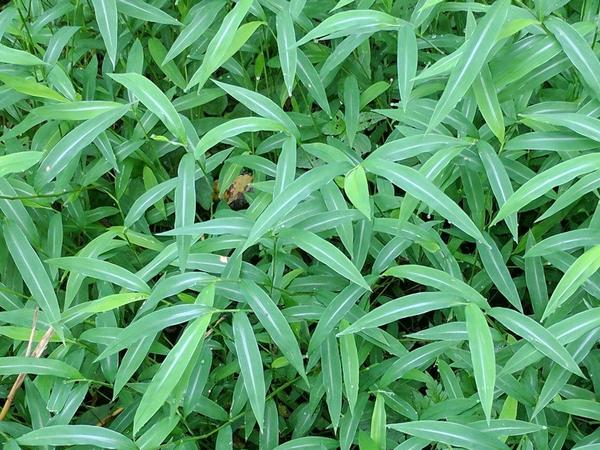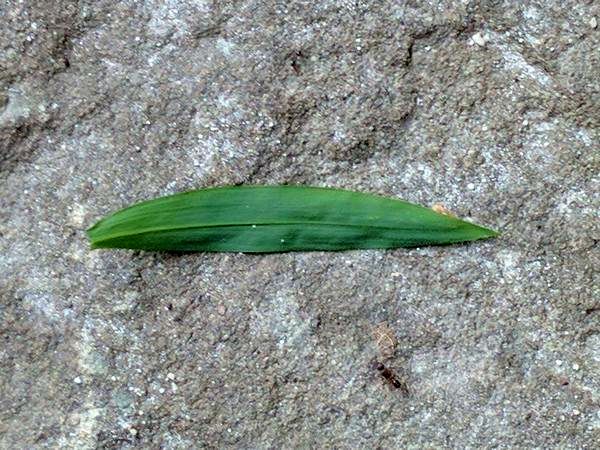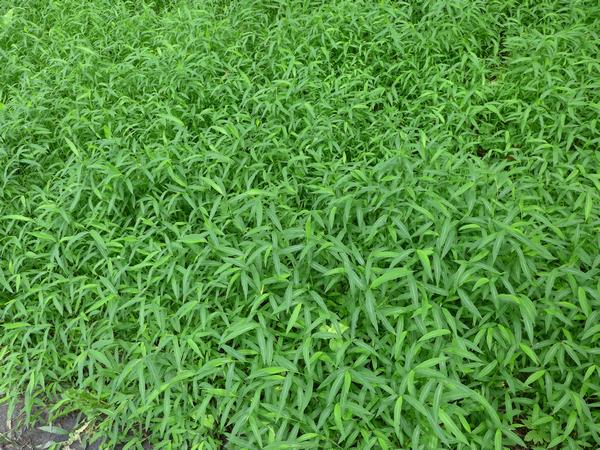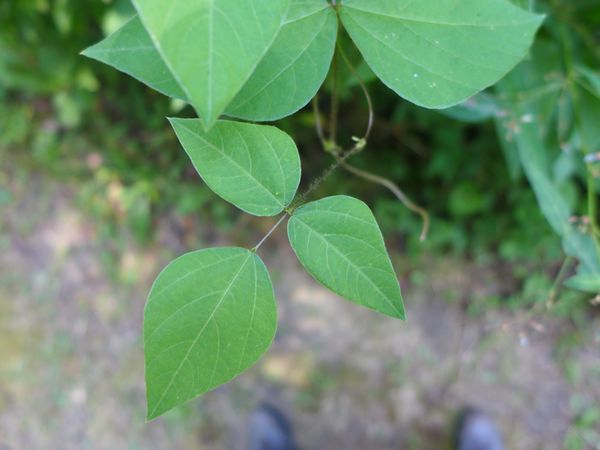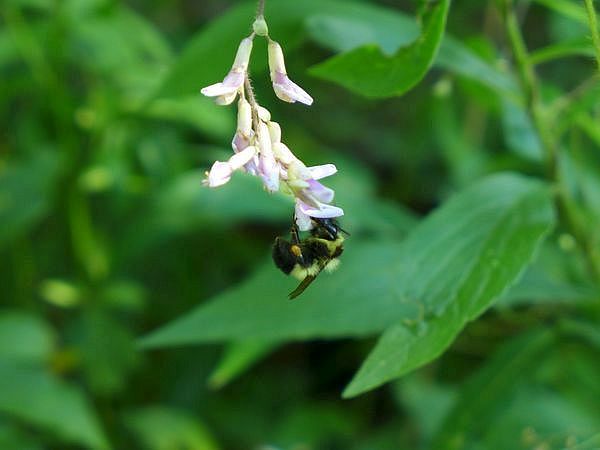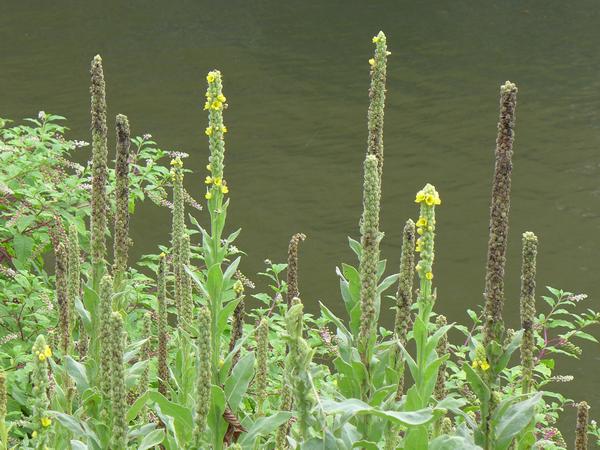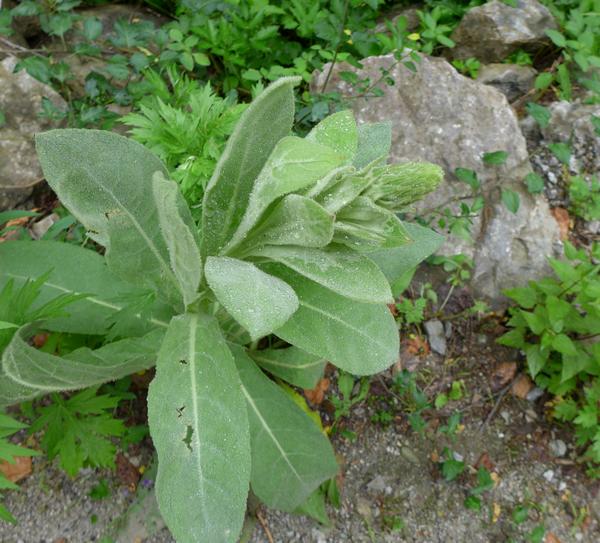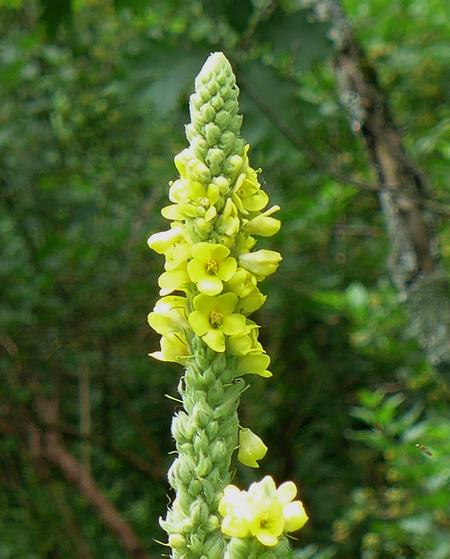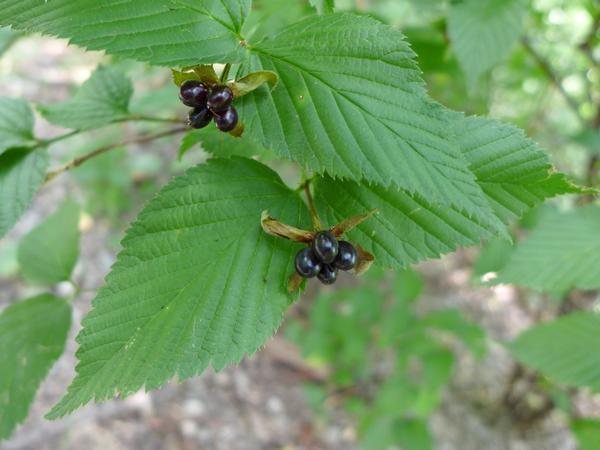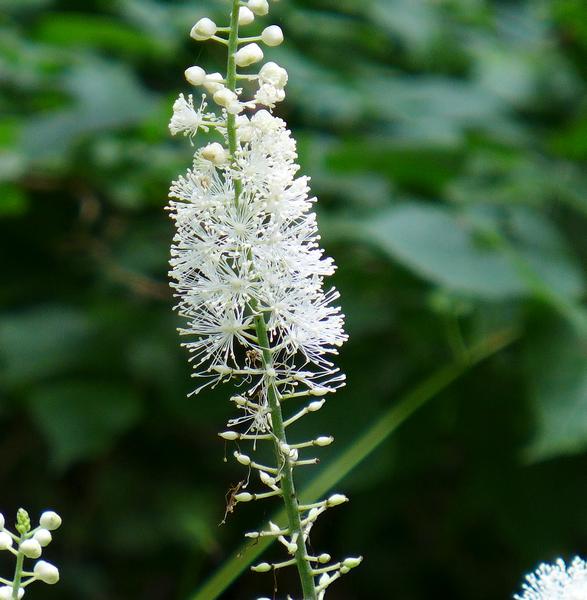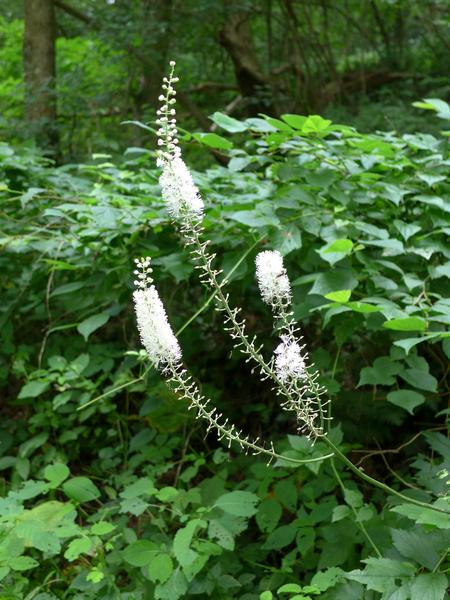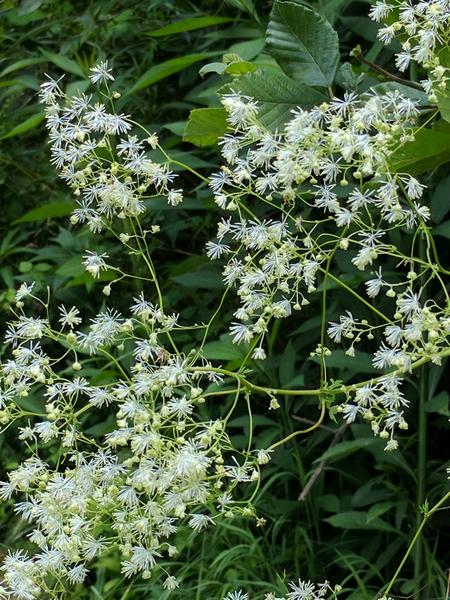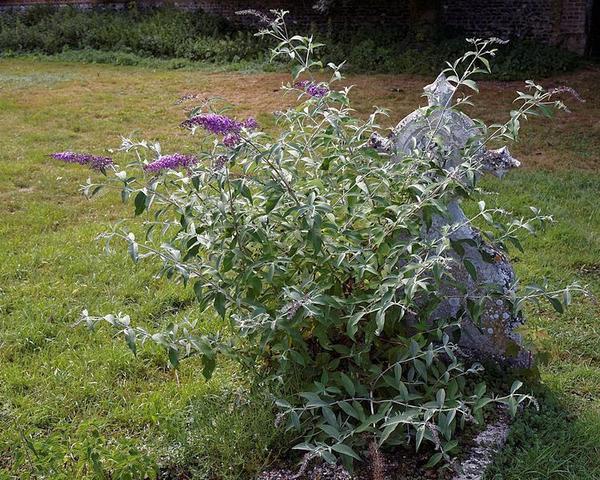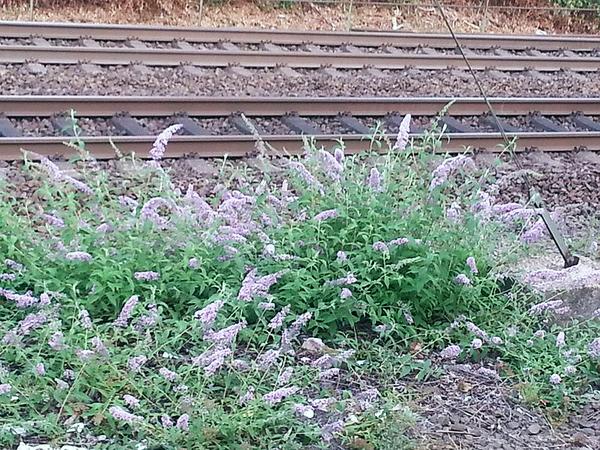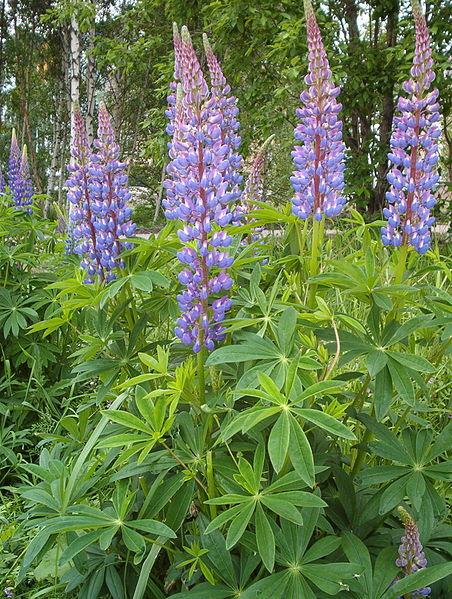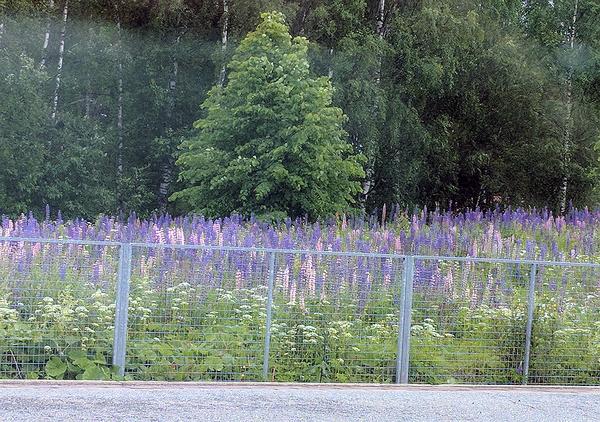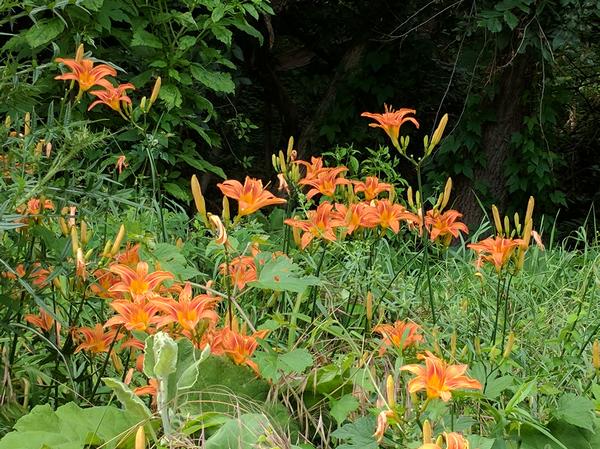
Last Sunday I found a crowd of pink and yellow moths head down in a common evening primrose. Bob Machesney identified them as primrose moths (Schinia florida).
I should have guessed their name.
Moths are often named for their host plant and so are these. Primrose moth caterpillars eat evening primrose, biennial gaura and other members of the Evening-primrose family (Onagraceae). In July and August the adult moths fly at night and spend the day resting on their host plants. That’s why there were so many on one flower.
Keep an eye out this month for beautiful pink moths on primrose and biennial gaura. Here’s a common evening primrose (Oenothera biennis) without a moth in it.

Click here to see biennial gaura whose flowers are actually quite small.
And here’s what the primrose moth looks like in a museum, mounted to show all its features. Amazingly its antennae are pink.

(primrose photos by Kate St. John. photo of mounted primrose moth from Wikimedia Commons; click on the image to see the original)


